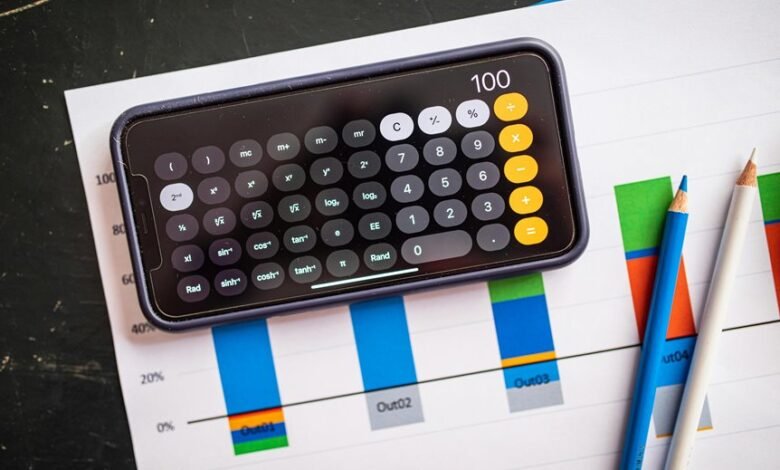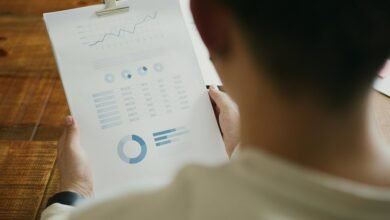Know the Details of 18559220783, 5135384574, 6036897680, 5015022940, 8014388253, 8552765221

The increasing prevalence of phone scams necessitates a closer examination of suspicious numbers. Specifically, 18559220783, 5135384574, 6036897680, 5015022940, 8014388253, and 8552765221 have garnered attention for their potential links to fraudulent activities. Understanding the characteristics and origins of these numbers is crucial. As the landscape of telecommunication evolves, recognizing the patterns associated with these calls becomes imperative for safeguarding personal information. What further insights can be uncovered about these numbers?
Overview of Phone Numbers and Their Importance
Phone numbers serve as essential identifiers in modern communication, acting as gateways for personal and business interactions.
Their significance lies in facilitating seamless connectivity, while caller identification importance enhances security and trust.
In an era where privacy and autonomy are paramount, understanding the role of phone numbers becomes vital for navigating the complex landscape of communication and ensuring meaningful connections in both personal and professional realms.
Detailed Analysis of Each Number
An examination of phone numbers reveals their intricate structure and varied formats, each serving distinct purposes.
The numbers 18559220783 and 8552765221 are often associated with scam detection, while 5135384574 and 8014388253 require thorough number verification to ascertain legitimacy.
Meanwhile, 6036897680 and 5015022940 exhibit patterns that may signal potential fraud.
Understanding these aspects is crucial for effective communication and personal security.
Tips for Handling Unknown Calls
How should one approach unknown calls to ensure safety and security?
Implementing call screening methods is essential. Individuals should utilize caller ID features and refrain from divulging personal information.
Additionally, maintaining privacy protection by blocking or reporting suspicious numbers can prevent potential threats.
Conclusion
In a world where phone calls promise connection yet often deliver chaos, the numbers 18559220783, 5135384574, 6036897680, 5015022940, 8014388253, and 8552765221 serve as reminders of the fine line between communication and deception. Ironically, as technology advances to unite us, these digits illustrate how easily trust can be manipulated. Thus, vigilance becomes the ultimate virtue, transforming unsuspecting callers into potential harbingers of havoc in a seemingly innocent digital landscape.






